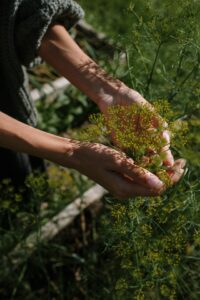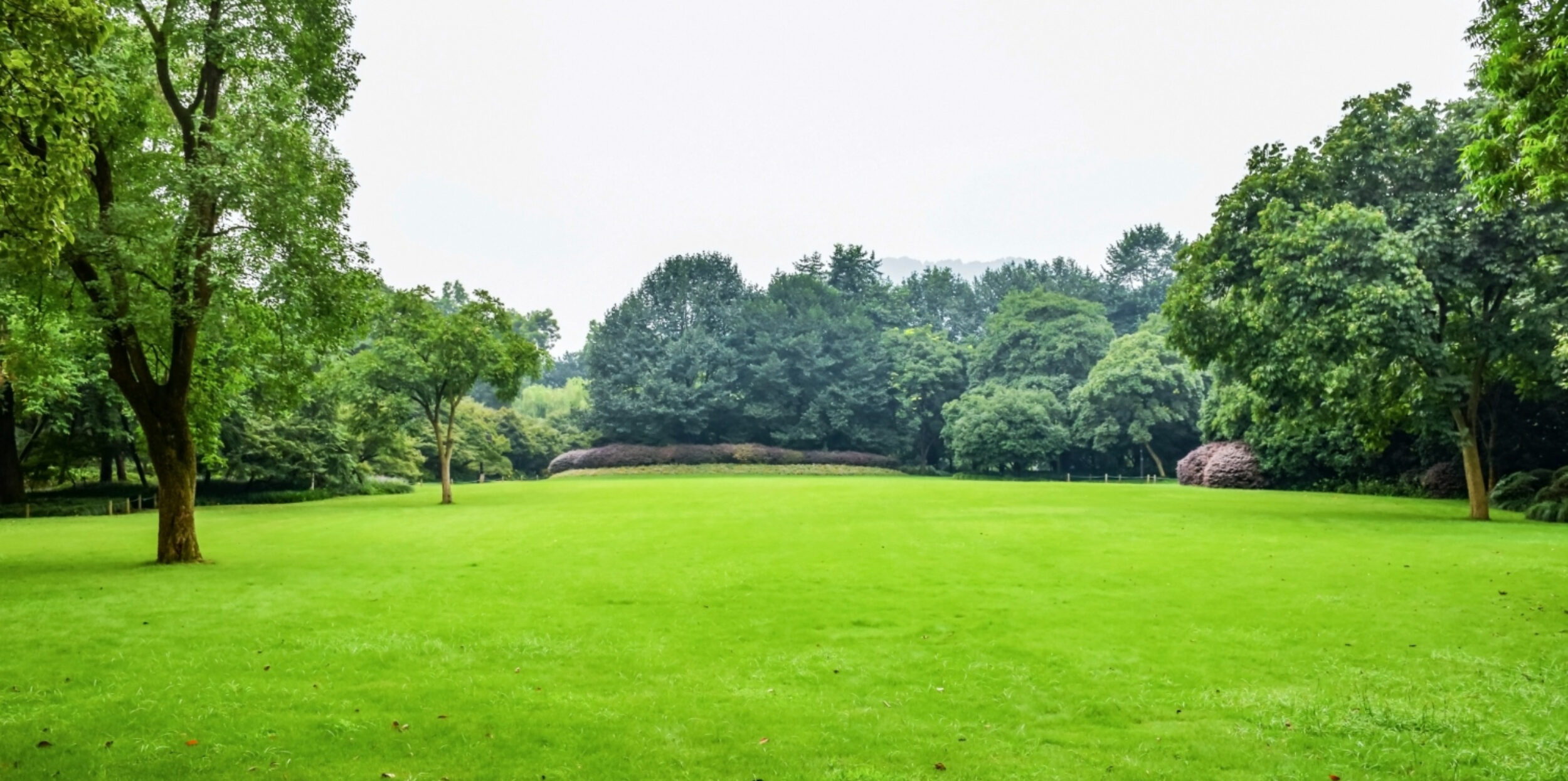 We don’t always realize it, but many weeds grow at ground level and, most of the time, escape mowing. Among these weeds, we will mainly find clover, dandelion, daisy, buttercup, plantain, speedwell, thistle, etc.
We don’t always realize it, but many weeds grow at ground level and, most of the time, escape mowing. Among these weeds, we will mainly find clover, dandelion, daisy, buttercup, plantain, speedwell, thistle, etc.
It is better to get rid of them as quickly as possible during the season to prevent them from growing too much. To do this, it is necessary to remove them by hand or use a weeder.
Eliminate moss from the lawn.
The appearance of moss on your lawn is the result of shady, compact, poorly aerated, and poorly drained soil. The moss then suffocates the grasses, which disappear. Eliminating it is, therefore, essential for the well-being of your lawn.
How? There are two scenarios depending on the degree of invasion and the quantity of grasses remaining. If your lawn is heavily overgrown, you will need to rehabilitate the lawn before carrying out an annual preventive treatment.
Restoring a lawn overgrown with moss
Apply an anti-foam product.
If your lawn is heavily invaded by moss, you can spray an anti-moss product that does not affect the grass. The foam will then start to blacken after a fortnight.
Tip: In order to preserve the environment, when choosing an anti-moss product, choose one that does not affect the microorganisms present in the soil.
Scarify the lawn
You can remove moss from the lawn using a lawn rake or a manual or mechanical scarifier. In addition to eliminating moss, you aerate the soil; this will promote the supply of nutrient material to the roots, which will, in turn, strengthen your lawn.
Sow new seeds if necessary.
After removing the moss, there may be areas with no grass or only a few strands. You will then need to sow new lawn seeds on these parts.
Fertilize the lawn
In order to strengthen and densify the lawn, it is important to provide the lawn with a special fertilizer, as we saw above.
Annual preventive treatment against lawn moss
Each year, in order to eliminate moss or limit its development, it is important to respect these few points:
- Rake your lawn using a lawn rake or scarifier in spring and fall.
- Do not leave dead leaves lying around on the lawn during the winter.
- Fertilize the lawn twice a year (spring and fall) to thicken and strengthen it.
- Aerate the soil to encourage the penetration of air and water to the roots using an aerator ( soil aerator pad or spade tool).
Maintaining a lawn ecologically
It is possible to have a “perfect” lawn by using natural products that do not destroy the life of the microorganisms underground, which is essential for the proper development of the lawn. You should know that the use of chemicals (fertilizers and pesticides) destroys life underground and makes your lawn very poor from an ecological point of view and, what’s more, becomes dependent on these products.
To obtain a natural lawn, it is important to encourage the life of microorganisms underground and insects on the surface.
Here are some tips for maintaining your lawn in an environmentally friendly way:
- Please do not use a pesticide to eliminate weeds, but remove them manually or use a natural herbicide.
- Use an organic fertilizer from the recycling of plant or animal materials that can be used in organic farming.
- If possible, use rainwater for watering.
- Leave mowing waste on the lawn using the mulching technique, which will act as a natural fertilizer.
- Mow the lawn a notch higher at 8 cm to strengthen the roots.
- Develop biodiversity in your garden by welcoming various insects.
…

